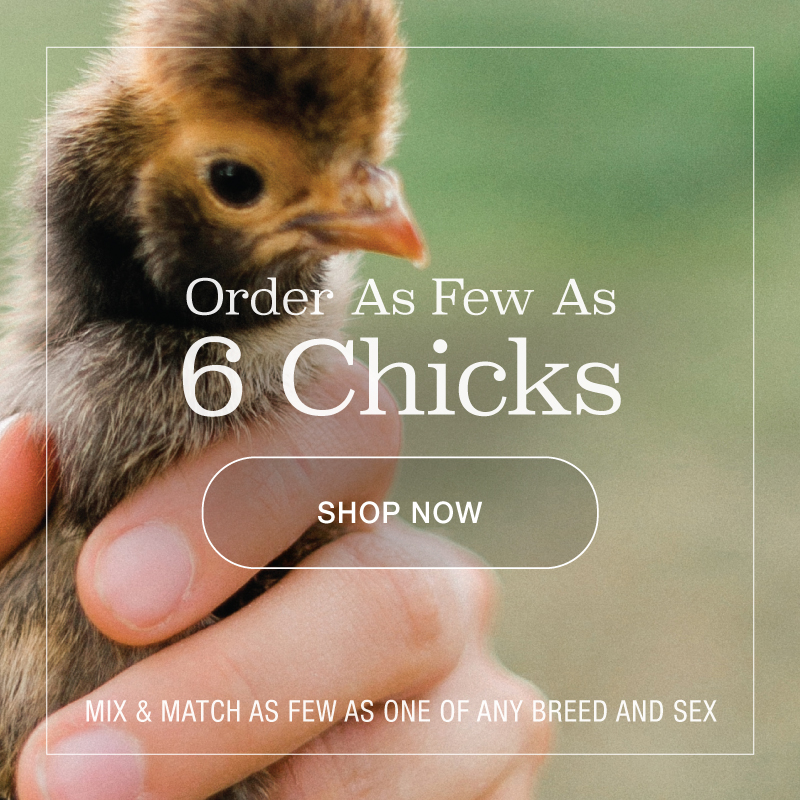Around the January to February time frame we get several questions asking whether it is a good idea to ship chicks during the colder months. This is a valid concern as we ship chicks to all parts of the United States and beyond. Temperatures certainly fluctuate from region to region and some get darn right freezing! Alaska, can I get a witness?
The answer is “Yes”. (I realize that I just lost most of my male readers as that answer was sufficient enough for them so ladies I will expand on that.)
Proper shipping of the chicks starts with our live chick shipping boxes. You can watch a full explanation on our shipping boxes at our YouTube channel. Click here for the direct link to that particular video. In short, each week we review the weather across the country and adjust the characteristics of the shipping box. For example, we can restrict or increase the amount of air flow to allow through the box, we add or take out insulation liners, we include a sheared pine pad in the boxes and we can add or take out an insulating styrofoam bottom. Each week, we decide what will be best for the chicks and adjust the box contents accordingly.
Newborn chicks have their initial feathering but it isn’t a lot. The chick, by itself, will have little self resources to keep itself warm. As such, you will most likely see your chicks huddled together with each other. They do this as a means to “share” body heat and keep each other warm. We have found that 25 chicks provides the optimal body heat that the chicks can share with each other and thrive. When you receive your box of chicks, you can rest assure that the most appropriate sized box was chosen for your specific order. Based on the number of chicks you ordered, we will even adjust the box’s internal dimensions to ensure the chicks are nice and snug, yet comfortable, while in route. To give them that great start, we always include “Grow Gel Plus” in the box. This nutritious supplement provides immediate hydration among other needed nutrients.
Chicks will be in transit anywhere from one to two days, depending on where they are heading. Each week, we are in contact with the postal service to identify what flight options are available and ensure that we are using the quickest routes. Bud acts as the chicks’ personal travel agent as he continually dialogues with the trucks, planes, and drivers that will get your chicks to you. If you have chicks arriving, I highly suggest you contact the post office and let them know you are expecting them. This gives the postal service an opportunity to plan for the chicks arrival. If possible, I also highly suggest you pick up the chicks as early as you possibly can. When the chicks get to you, they will most likely be thirsty and a little tired from their travel; the sooner you get them, the sooner you can ensure they stay hydrated and fed. In some instances, you can pick up your chicks from a postal service processing center which will also help you get the chicks quicker. In colder temperatures, the quicker you get the chicks, the less of an opportunity for the chicks to be exposed to the colder temperatures.
Okay, so far, the shipping of chicks in cold temperatures has not been a problem. Healthy chicks, proper packaging and a smiling postal worker; all good. Now let’s look at when the chicks come home.
Analyzing the environment the chicks will come home to will give you an idea of what you might need to change. When the chicks are delivered to you, they will require a small area, perhaps a 3ft x 3ft area, that is well heated. As they get older, you will need to gradually increase their space. If you do not have a place that you will be able to keep the necessary heat on the chicks, I would suggest you wait to order chicks closer in the Spring or Summer. Barns with no electricity or keeping the chicks in an unheated garage, during the winter months, is not a good idea. The chicks will need to be under a heat temperature of around 95 degrees or so; a heat lamp will be a must. Keep in mind, this isn’t going to be for a day or two. The chicks will require a heated shelter for several weeks if not longer as they grow.
As mentioned above, if you have the proper environment, you can order, receive and raise healthy, lively chicks in the colder months. If you do not have the ideal inside environment to provide the necessary heat, I would simply wait until the warmer months get here. Of course, you can always place your order today and choose a ship date for later in the year.
One of the dilemnas posed to me on Facebook was the customer didn’t want to order in the colder temperatures but also wanted eggs from the hen as soon as she could. Unfortunately, I don’t think there is a solution. Hens are going to start laying eggs once they are four or five months of age. I think if I shared her concerns, I would wait until April or May and prepare to start receiving eggs in August or September. This would allow for the chicks to grow in the warmer months with little worry of it being too cold; by the time Winter would roll in, the chicks would now be grown chickens.
We continue to send thousands of chicks each month of the year, to all parts of the United States and beyond. Be aware of the climate the chicks will be introduced to and, with proper care, you shouldn’t need to worry about the weather.


